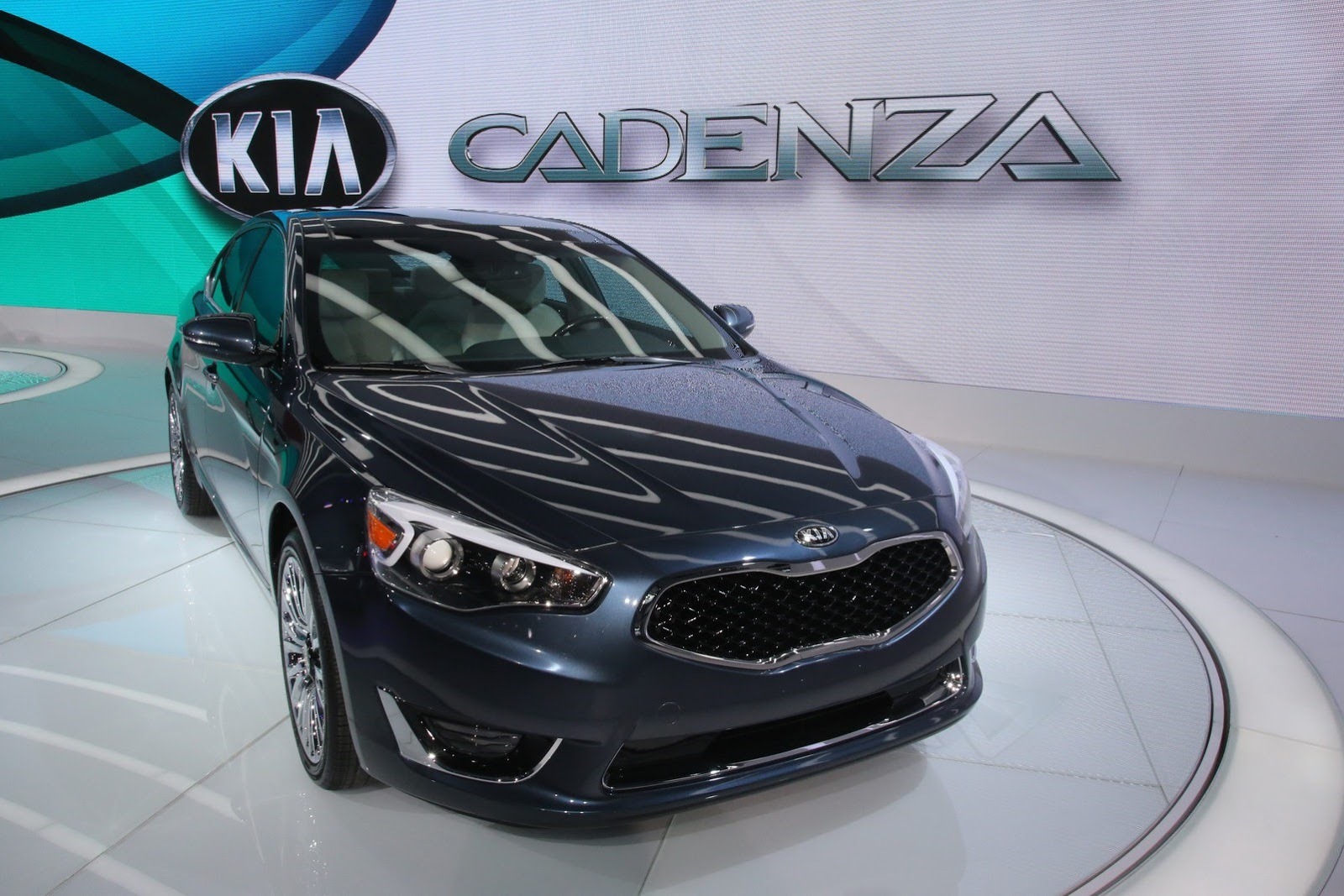There are 61 new or redesigned models due to be launched in the U.S. market this year – a 50 percent increase compared to any year since 2006, while 74 are scheduled for next year. Moreover, total annual sales are expected to reach, or even surpass, 15 million, which is a good thing both for buyers and the automotive industry, correct?
Apparently, things are a bit more complicated than that. After the low-point of 2008-2009, automotive suppliers have cut down on their workforce and facilities due to reduced demand. Now that numbers are climbing to 2007 levels, they may have trouble keeping up – and that may already be affecting quality.
During the Automotive News World Congress in Detroit, Ford CEO Allan Mulally said that the four recalls the Blue Oval had to issue over its Escape crossover were “mainly associated with them (i.e. the suppliers) just being able to go back up and come back up”.
According to the Original Equipment Supplier Association group of parts makers, last November, U.S. auto suppliers were using 82 percent of their production capacity and for some parts, especially cast and forged components, more than 90 percent.
The problem is that they are called to supply the same number of parts as 2007, but with 100,000 less workers – which, in turn, will lead to capacity constraints and overtime pay, as suppliers are cautious about making huge investments.
“There are fresh memories of 2008 and 2009”, said OESA senior vice president Dave Andrea. “People are going to be very cautious of how they ramp up capacity.”
He stresses that the industry can handle demand – the question, though, will be how expensive this will become.
“We have fewer suppliers, less management talent, less engineering talent inside those suppliers, so it makes it that much more difficult to do even the same number of launches”, cautions Kimberly Rodriguez of auto-consulting company KPMG.
On the other hand, stiff competition means that new models “age very, very quickly”, according to Edmunds.com vice chairman Jeremny Anywl. So rolling new or revamped models to keep them moving out of the showrooms is probably a better choice than heavy discounts.
Not everyone agrees. “I got a sense that a number of companies have panicked a little bit and that they’re pushing product into the marketplace just a little bit too early”, said Dennis DesRosier, president of the DesRosiers Automotive Consultants. He also called the 2013 North American International Auto Show the “riskiest” he has seen due to the number of new models launched, which can lead to defects.
By Andrew Tsaousis
Story References: Bloomberg
Source link: http://carscoop.blogspot.com/2013/01/rapid-increase-in-us-new-car-launches.html
PHOTO GALLERY























0 comment:
Post a Comment